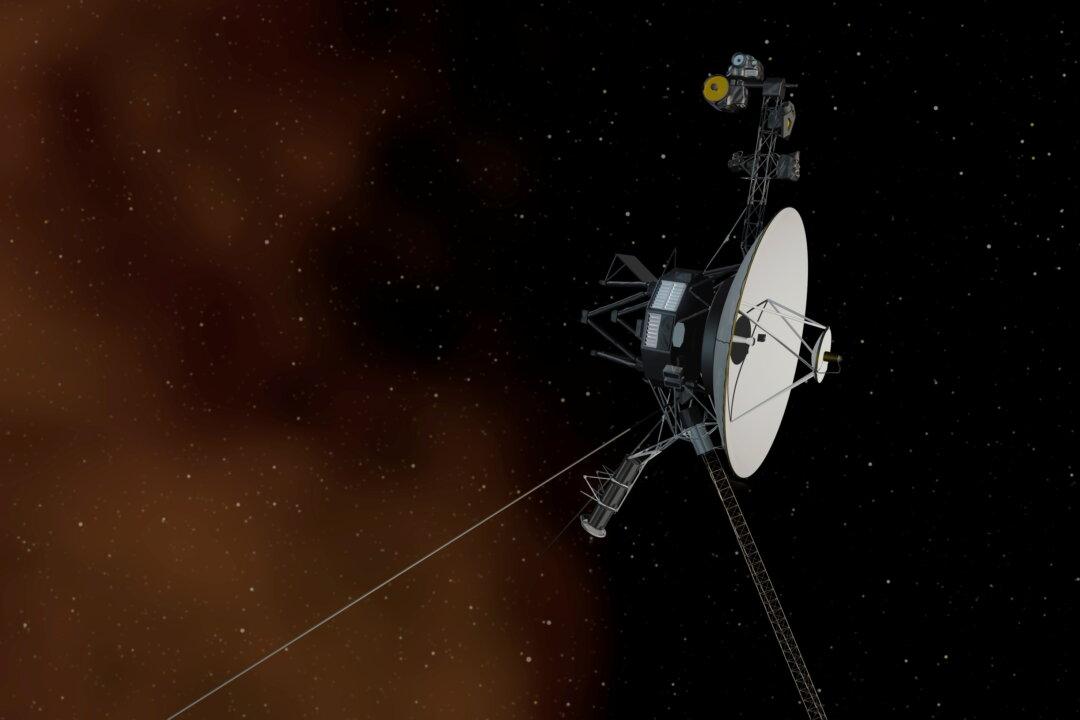NASA’s Voyager 1 probe, which is still traveling through space 45 years after launch, has sent data that has stumped engineers at the space agency.
The probe is operating normally, performing its usual functions like gathering and returning science data as well as receiving and executing commands from Earth. However, readouts from the Altitude Articulation and Control System (AACS) do not reflect what is happening aboard the interstellar explorer, a May 18 NASA news release says.





